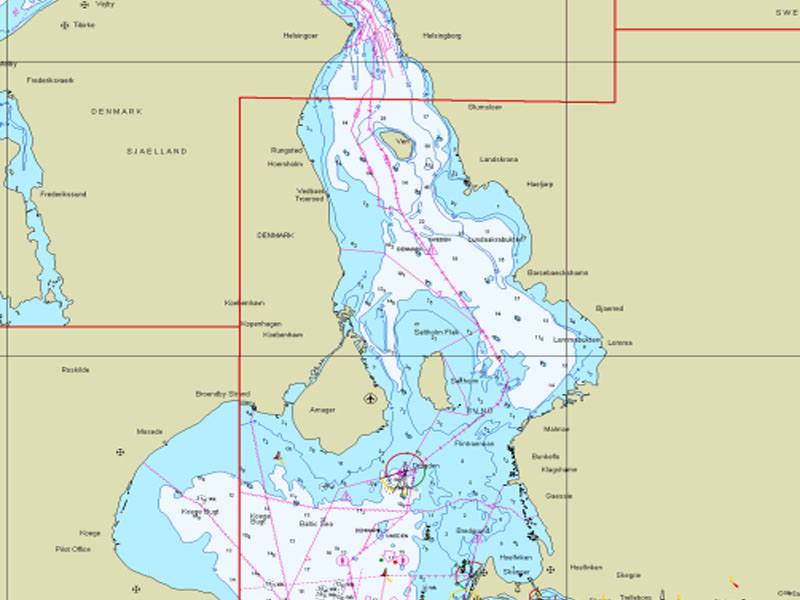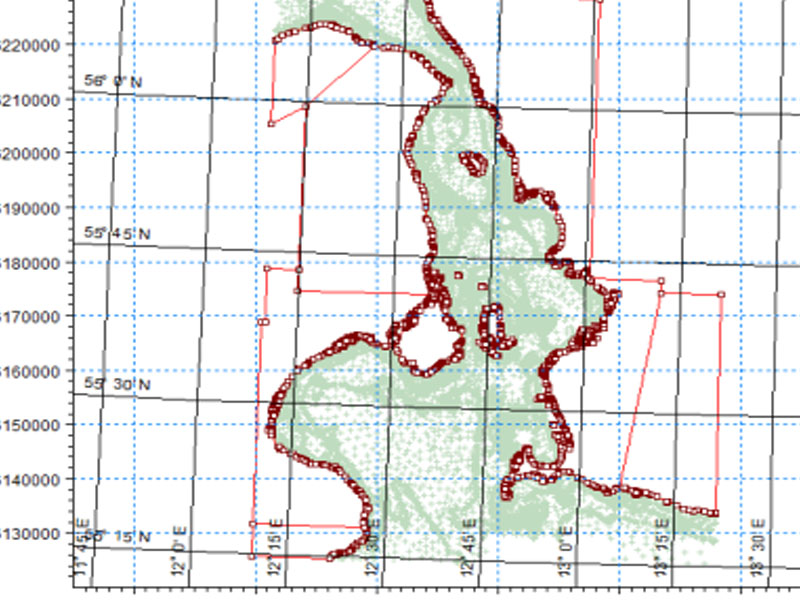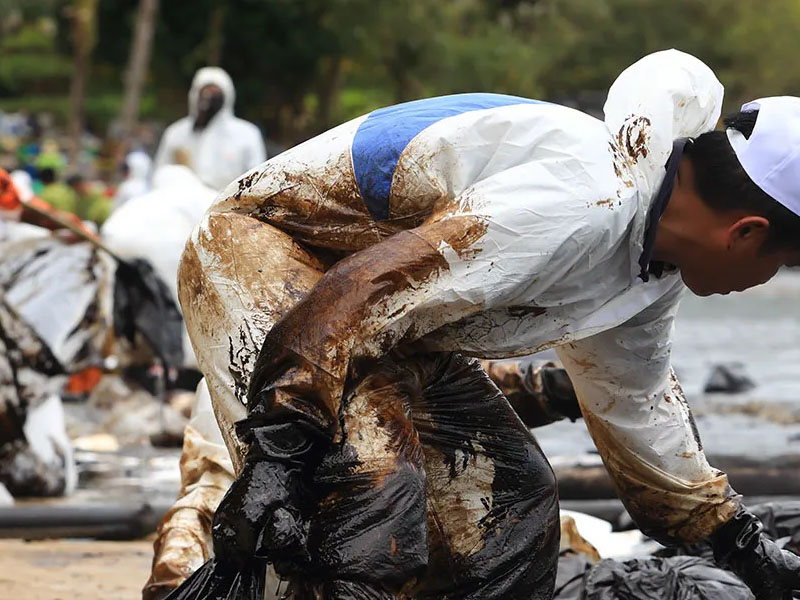Oil Spill Modelling
Simulate the evolution of oil slick created from marine traffic, petroleum production or other sources. These models may range from simple parametric calculations to advanced new-generation operational three-dimensional numerical models. Coupled to meteorological, hydrodynamic, and wave models. Forecasting in high-resolution and with high precision in the transport and fate of oil. This study presents a review of the transport and oil weathering processes and their parameterization.
About us




















